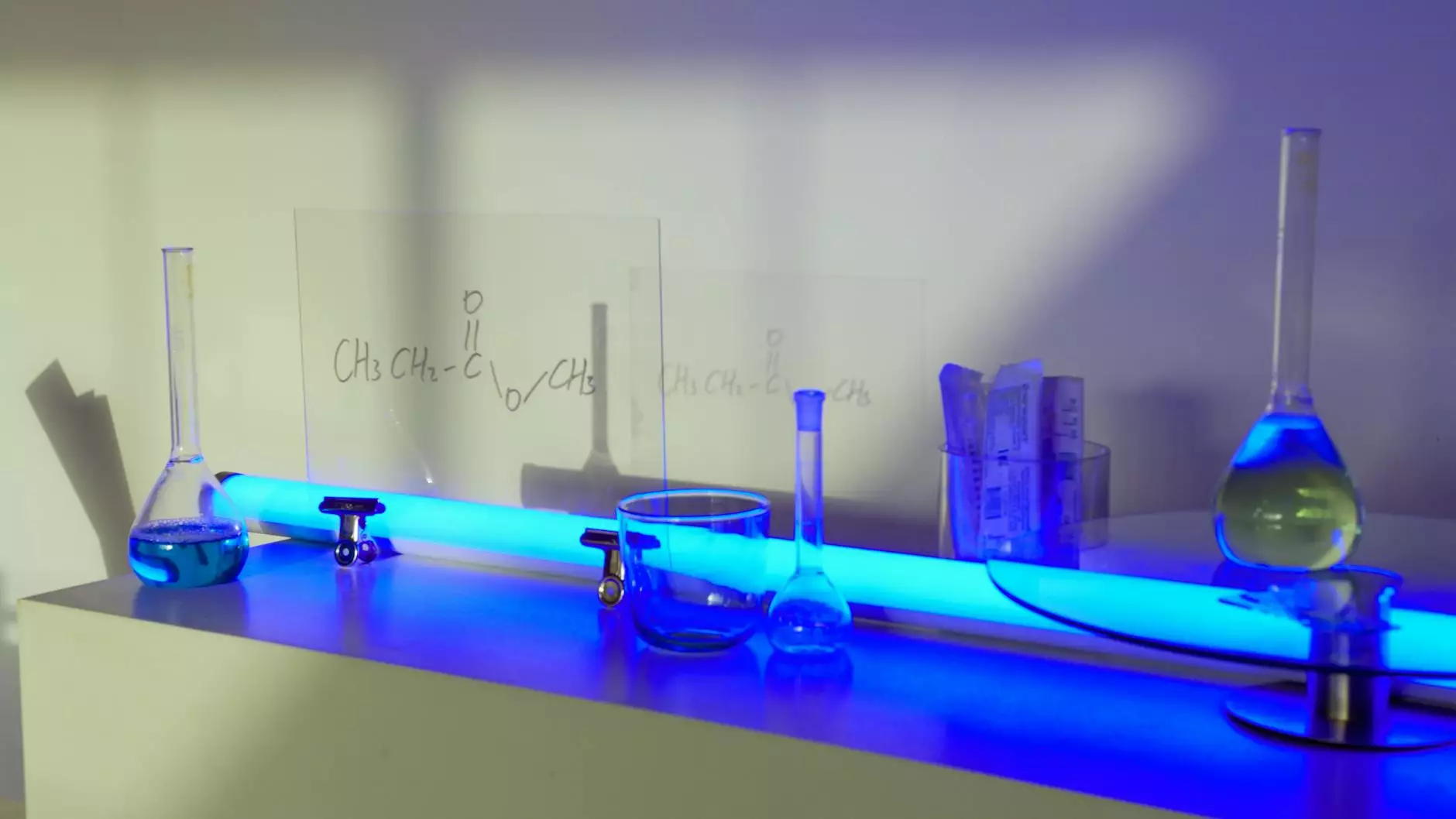How to Find Molar Mass

Welcome to The Knowledge Nest - your reliable source for comprehensive and detailed information on various subjects. In this guide, we will delve into the concept of molar mass, explaining what it is and how to calculate it. By the end, you will have a solid understanding of molar mass and be able to confidently apply this knowledge in chemistry.
Understanding Molar Mass
In chemistry, molar mass refers to the mass of one mole of a substance. It is usually expressed in grams per mole (g/mol). Determining the molar mass of a compound is crucial in various chemical calculations, such as stoichiometry, percent composition, and empirical formulas.
Molar mass can be calculated by summing up the atomic masses of all the atoms present in a compound. The atomic masses can be found on the periodic table of elements. Let's explore the step-by-step process of finding the molar mass of a compound:
Step 1: Identify the Chemical Formula
The first step in finding the molar mass is identifying the correct chemical formula of the compound. This formula provides information about the types and number of atoms present in the compound. It is crucial to have the accurate formula to calculate the molar mass correctly.
Step 2: Determine the Atomic Masses
Once you have the correct chemical formula, you need to determine the atomic masses of the elements present in the compound. As mentioned earlier, you can find these atomic masses on the periodic table of elements. Pay attention to the subscript numbers in the formula, as they indicate the number of each atom in the compound.
Step 3: Calculate the Molar Mass
With the atomic masses of the elements in hand, you can now calculate the molar mass of the compound. Multiply the atomic mass of each element by the number of atoms present in the compound, then add up these values. The sum will give you the molar mass of the compound.
Let's illustrate this process with an example. Consider the compound water (H2O). The atomic mass of hydrogen (H) is approximately 1 g/mol, and the atomic mass of oxygen (O) is around 16 g/mol. To find the molar mass of water, we multiply the atomic mass of hydrogen by 2 (since there are two hydrogen atoms) and add it to the atomic mass of oxygen. The molar mass of water is therefore 18 g/mol.
Importance of Molar Mass
Understanding molar mass is crucial in various aspects of chemistry. It helps determine the amount of a substance needed for a reaction, the mass percent of different elements in a compound, and even the empirical formula of a compound.
By accurately calculating the molar mass, you can ensure precise measurements and calculations in chemistry experiments. It is the foundation for many calculations, allowing scientists and students alike to understand and apply fundamental concepts in the field of chemistry.
Conclusion
Through this detailed guide, we have provided you with a comprehensive understanding of how to find molar mass. By following the step-by-step process outlined here, you can confidently calculate the molar mass of any compound you encounter in your chemistry studies.
At The Knowledge Nest, we strive to provide valuable and informative content to help individuals excel in their educational pursuits. Whether you're a student or an enthusiast, we are here to assist you in enhancing your knowledge and achieving success. Stay tuned for more educational resources and guides!










